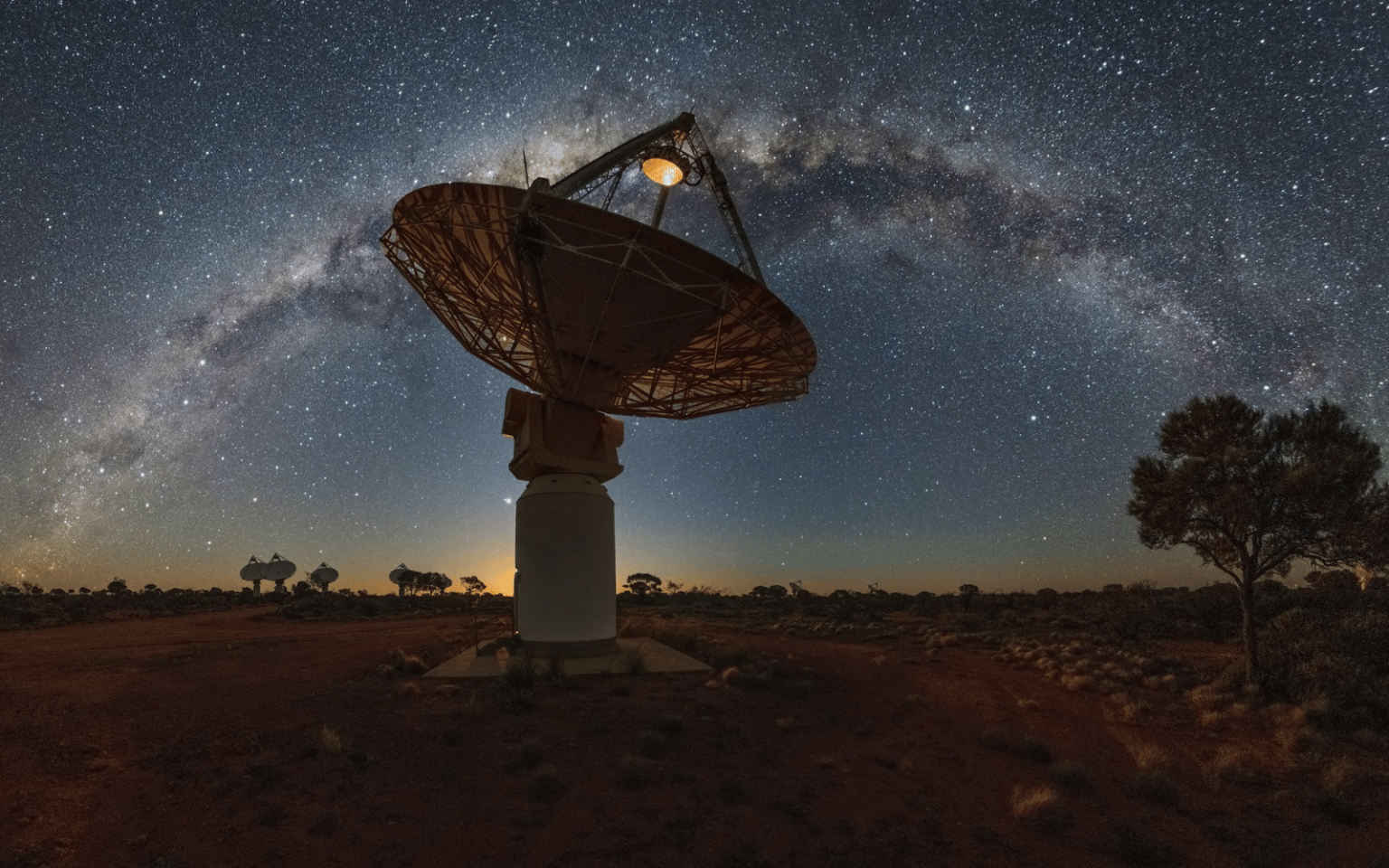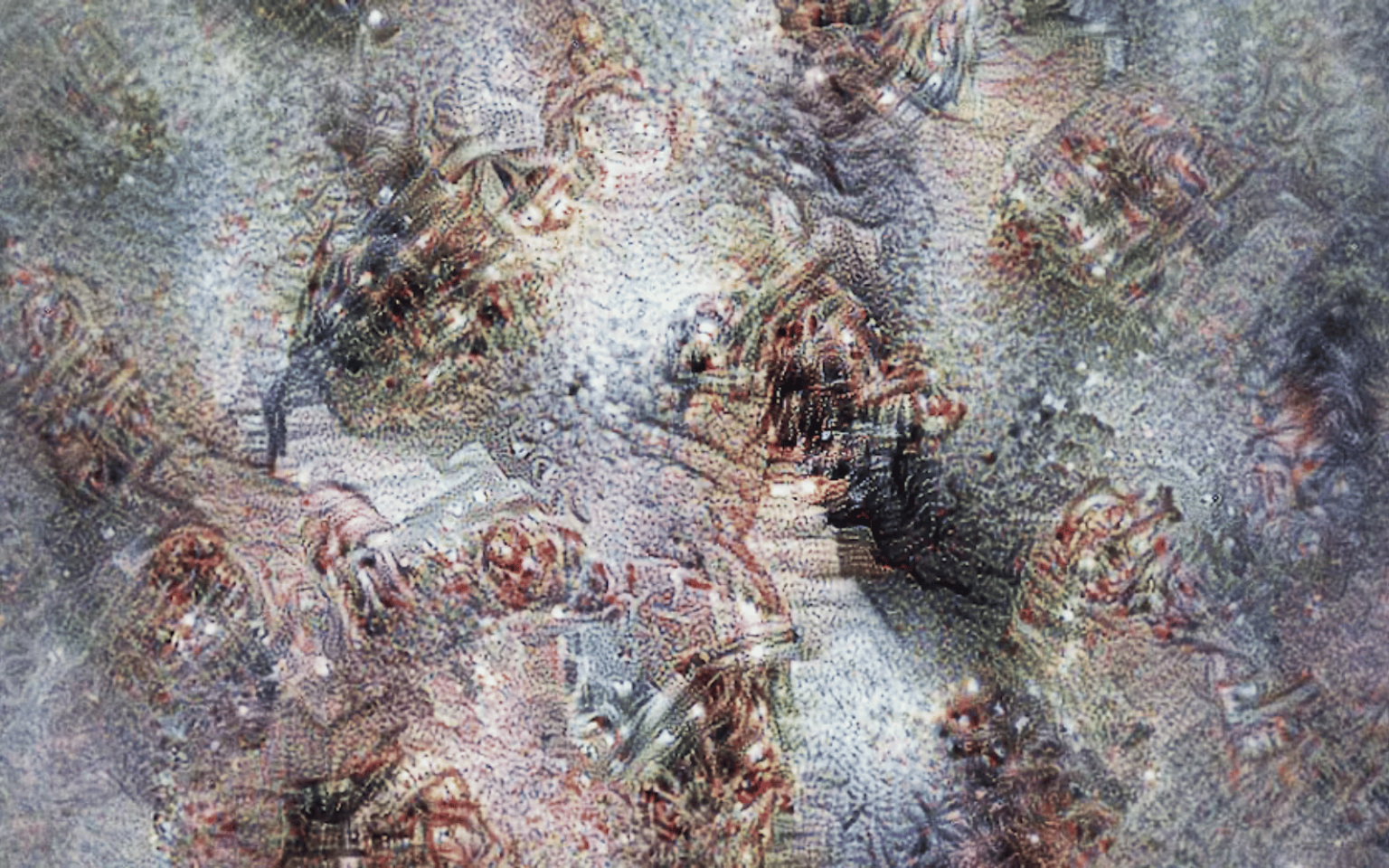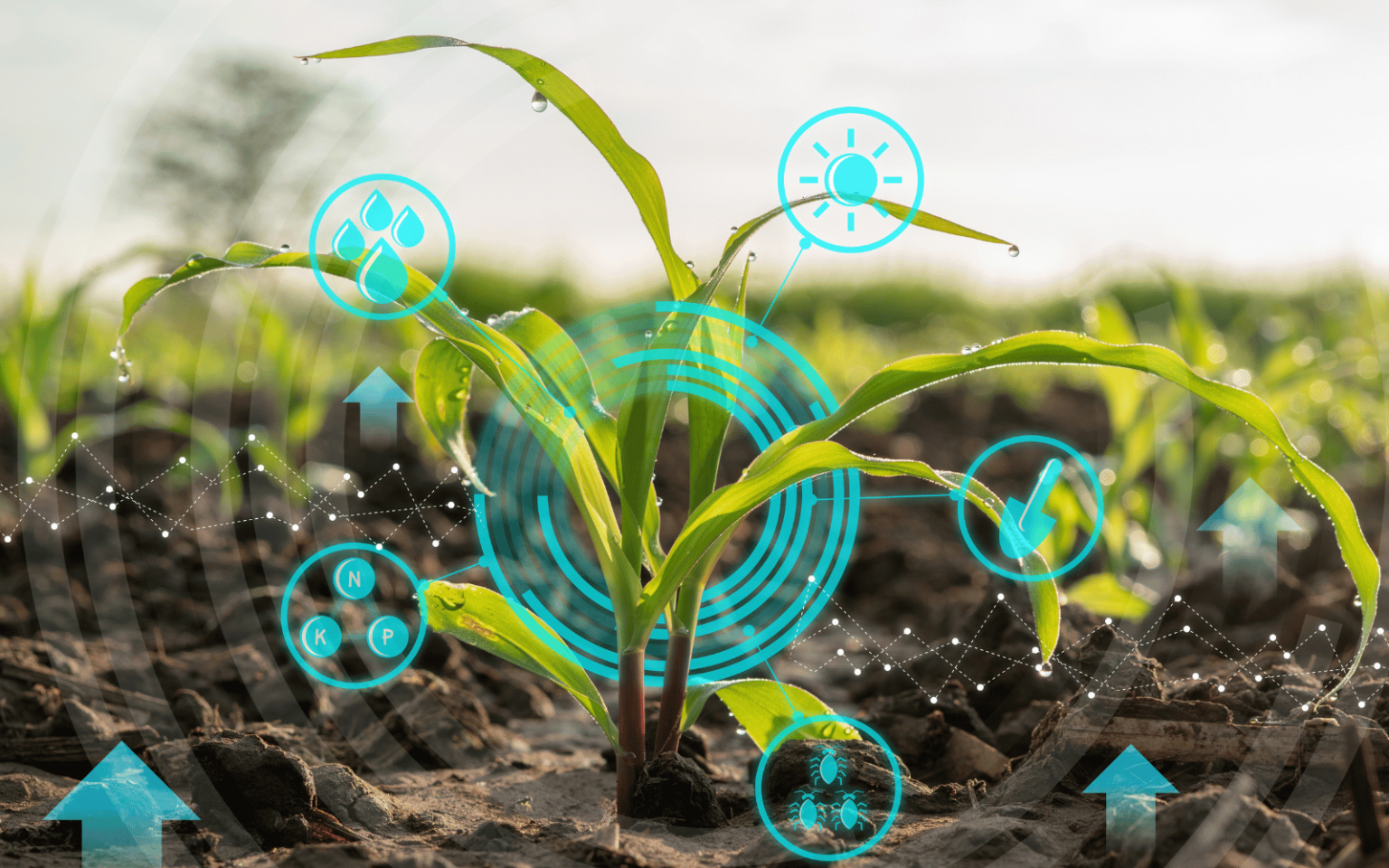Supermassive black holes reside in some of the biggest galaxies in the universe. They tend to be billions of times more massive that our Sun, and not even light itself can escape a black hole once it gets too close. But it’s not all darkness. Supermassive black holes power some of the most luminous celestial objects in the universe – active galactic nuclei, which shine across the spectrum of light, including radio waves. The active galactic nucleus in nearby galaxy Messier 87 is a prodigious emitter of radio waves, 27 orders of magnitude more powerful than the most powerful radio transmitters…
Author: The Conversation
The rampant increase of hate messages on social media is a scourge in today’s technology-infused society. Racism, homophobia, xenophobia and even personal attacks on people who have the audacity to disagree with someone else’s political opinion – these and other forms of online hate present an ugly side of humanity. The derision on social media appears in vile and profane terms for all to see. Obviously, the sole purpose of posting online hate is to harass and harm one’s victims, right? Not necessarily, according to recent studies about hate messaging in social media. Although seeing hate comments is unquestionably upsetting, new research suggests there’s…
Imagine brain scanning technology improves greatly in the coming decades, to the point that we can observe how each individual neuron talks to other neurons. Then, imagine we can record all this information to create a simulation of someone’s brain on a computer. This is the concept behind mind uploading – the idea that we may one day be able to transition a person from their biological body to a synthetic hardware. The idea originated in an intellectual movement called transhumanism and has several key advocates including computer scientist Ray Kurzweil, philosopher Nick Bostrom and neuroscientist Randal Koene. The transhumanists’ central hope is to…
Artificial intelligence (AI) is already being used in health care. AI can look for patterns in medical images to help diagnose disease. It can help predict who in a hospital ward might deteriorate. It can rapidly summarise medical research papers to help doctors stay up-to-date with the latest evidence. These are examples of AI making or shaping decisions health professionals previously made. More applications are being developed. But what do consumers think of using AI in health care? And how should their answers shape how it’s used in the future? What do consumers think? AI systems are trained to look for patterns in large amounts of data.…
OpenAI, developer of ChatGPT and a leading innovator in the field of artificial intelligence (AI), was recently thrown into turmoil when its chief-executive and figurehead, Sam Altman, was fired. As it was revealed that he would be joining Microsoft’s advanced AI research team, more than 730 OpenAI employees threatened to quit. Finally, it was announced that most of the board who had terminated Altman’s employment were being replaced, and that he would be returning to the company. In the background, there have been reports of vigorous debates within OpenAI regarding AI safety. This not only highlights the complexities of managing a cutting-edge tech company, but…
One of the biggest mysteries in cosmology is the rate at which the universe is expanding. This can be predicted using the standard model of cosmology, also known as Lambda-cold dark matter (ΛCDM). This model is based on detailed observations of the light left over from the Big Bang – the so-called cosmic microwave background (CMB). The universe’s expansion makes galaxies move away from each other. The further away they are from us, the more quickly they move. The relationship between a galaxy’s speed and distance is governed by “Hubble’s constant”, which is about 43 miles (70 km) per second per…
To most effectively deliver aid to alleviate poverty, you have to know where the people most in need are. In many countries, this is often done with household surveys. But these are usually infrequent and cover limited locations. Recent advances in artificial intelligence (AI) have created a step change in how to measure poverty and other human development indicators. Our team has used a type of AI known as a deep convolutional neural network (DCNN) to study satellite imagery and identify some types of poverty with a level of accuracy close to that of household surveys. The use of this AI technology could help,…
For all the attention on flashy new artificial intelligence tools like ChatGPT, the challenges of regulating AI, and doomsday scenarios of superintelligent machines, AI is a useful tool in many fields. In fact, it has enormous potential to benefit humanity. In agriculture, farmers are increasingly using AI-powered tools to tackle challenges that threaten human health, the environment and food security. Researchers forecast the market for these tools to reach US$12 billion by 2032. As a researcher studying agricultural and rural policy, I see three promising developments in agricultural AI: federated learning, pest and disease detection and forecasting prices. Pooling data without sharing…
OpenAI’s artificial intelligence (AI) chatbot ChatGPT was unleashed onto an unsuspecting public exactly one year ago. It quickly became the fastest-growing app ever, in the hands of 100 million users by the end of the second month. Today, it’s available to more than a billion people via Microsoft’s Bing search, Skype and Snapchat – and OpenAI is predicted to collect more than US$1 billion in annual revenue. We’ve never seen a technology roll out so quickly before. It took about a decade or so before most people started using the web. But this time the plumbing was already in place. As a result, ChatGPT’s impact has gone way beyond…
The scientific worldview has made great contributions to humanity’s flourishing. But, as science advances into territory once firmly held by religion – attempting to answer questions about the origins of the universe, life and consciousness – science communication often paints a fairly pessimistic picture of the world. Take a few examples. An article in New Scientist claims our perception that pet dogs love us may be an illusion. Physicist Brian Greene sees humanity’s ultimate fate in the demise of the Solar System. Writer Yuval Noah Harari, in his bestselling book Sapiens, posits that life holds no inherent meaning. Philosopher David Benatar goes so…









